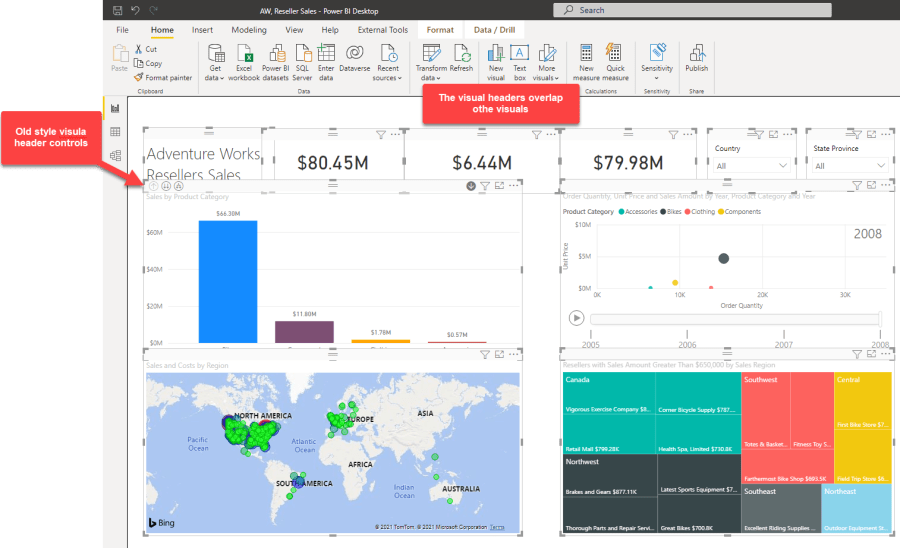
Many people talk about Power BI, its benefits and common challenges, and many more want to learn Power BI, which is excellent indeed. But there are many misconceptions and misunderstandings amongst the people who think they know Power BI. In my opinion, it is a significant risk in using tools without knowing them, and using the technology is no different. The situation is even worse when people who must know the technology well don’t know it, but they think they do. These people are potential risks to the businesses that want to adopt Power BI as their primary analytical solution across the organisation. As a part of my day-to-day job, I communicate with many people interacting with Power BI. Amongst many knowledgeable users are some of those who confuse things pretty frequently, which indicates a lack of understanding of the basic concepts.
So I decided to write a series of Power BI 101 to explain the basics of the technology that we all love in simple language. Regardless of your usage of Power BI, I endeavour to help you know what to expect from Power BI. This is the first part of this series.
What is Power BI?
I do not frequently get the “What is Power BI” question from my customers, my website’s comments, or my students within the training courses. It is indeed a question that I often ask people. I usually ask the question to indicate people’s level of understanding on different occasions, such as when a friend wants to know more about Power BI, or in a job interview from a candidate who applied for a Power BI related role, or my students attending a training course. Depending on the context that I ask the question, the responses are often pretty different.
It is the general rule of thumb to know what a “thing” is before using it. The “What is X?” (and X is the name of a “thing”) is a broad question, so the answer is also broad. Therefore we usually need more digging to get a better understanding of the “thing”.
In our case, the “thing” is Power BI, so the question is “What is Power BI?”. And the answer is:
“Power BI is the Business Analytics platform part of a larger SaaS platform called Power Platform offering from Microsoft.”
Now, let’s dig a bit more with two more questions:
- What is a Data Platform?
- What is Saas?
Let’s quickly answer those questions.
Continue reading “Power BI 101, What is Power BI”







